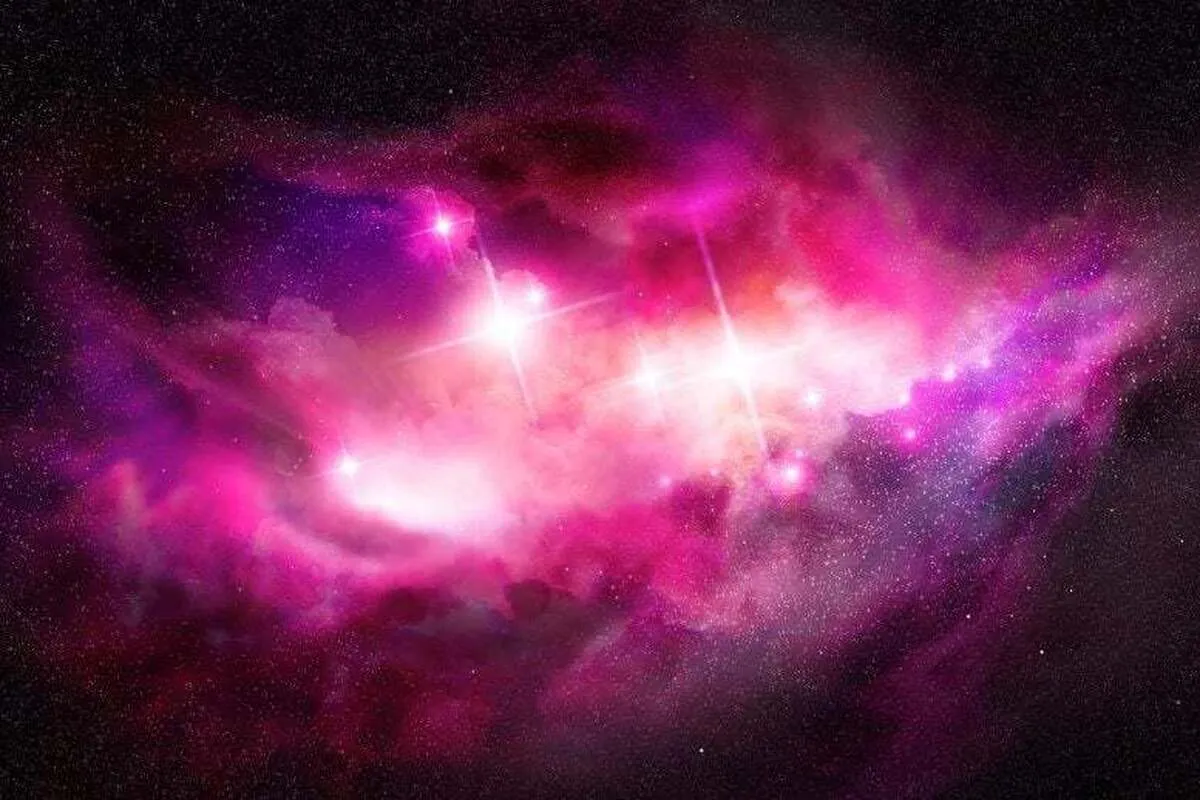Astronomers Catch Galaxies Igniting for First Time

These galaxies, known as Lyman Alpha Emitters, were caught during their very first wave of star formation — essentially their “cosmic birth.” By observing this stunning moment in deep space and deep time, researchers are uncovering the origins of galaxies like our own Milky Way, giving us a powerful glimpse into how the universe grew up, the Astrophysical Journal Letters reported.
A team of astronomers led by a Rutgers University-New Brunswick researcher has uncovered a thrilling glimpse into the early universe. By peering into a period known as “Cosmic Noon,” roughly 2 to 3 billion years after the Big Bang, they discovered a special class of ancient galaxies in the middle of their very first burst of star formation.
This finding offers valuable clues about how galaxies grow and evolve, helping scientists piece together the earliest chapters of the universe’s history. The research, published in The Astrophysical Journal Letters, focuses on galaxies known as Lyman Alpha Emitters, or LAEs. These galaxies are some of the oldest and brightest, and scientists used advanced imaging and machine learning to study them during this peak era of galactic activity.
LAEs shine with intense light because they’re rapidly forming new stars. As the universe expands, the ultraviolet light they emit, known as Lyman Alpha, gets stretched into wavelengths we can detect from Earth. These galaxies are more than 12 billion years old, making them some of the universe’s earliest and most important cosmic markers.
“LAEs have been identified as progenitors of typical present-day galaxies like our own Milky Way,” said Nicole Firestone, a National Science Foundation Graduate Research Fellow in the Department of Physics and Astronomy at the School of Arts and Sciences and the first author of the study. “Now that we know when they first formed their stars, we have discovered our own galaxy’s ‘origin story,’ unlocking one of the mysteries of creation.”
The original motivation for studying the ancient galaxies was to understand what the Milky Way galaxy looked like when it first started forming stars. Earlier research by Eric Gawiser, a Distinguished Professor in the Department of Physics and Astronomy, showed that LAEs will grow and evolve until they resemble the present-day Milky Way.
“Until now, it remained an open question whether we had looked far enough back in time to find the starting points for the Milky Way and galaxies like it,” said Gawiser, who also led the research team behind the new finding. “Now we know the answer to that question is ‘Yes!’”
Scientists have long wondered whether LAEs are galaxies experiencing their first burst of star formation or if they are older galaxies that have resumed star formation after a period of inactivity. This distinction is crucial for understanding the evolution of galaxies over cosmic time, the researchers said.
“For the very first time, we have been able to definitively show that most LAEs are experiencing their first major starburst at the time of observation and only have very young stars,” Firestone said.
They used data from the ODIN project, a sky survey with a name that is an acronym for “One-hundred-deg2 DECam Imaging in Narrowbands.” The project employs the Dark Energy Camera at the Cerro Tololo Inter-American Observatory in Chile. This camera captures specialized images of the distant universe over a large area of the sky. The team identified LAEs as objects that appear much brighter in these specialized images compared with the colors of light visible to the human eye.
For the analysis, the researchers used a machine-learning technique to analyze the light from these galaxies to infer their physical properties, including the rate of star formation as a function of time. This method allowed them to reconstruct a detailed “life story” for each LAE in their sample. The method used for this was developed at Rutgers by Gawiser and Kartheik Iyer, a former graduate student who worked with the professor.
The study revealed that 95% of LAEs are at their peak star-forming phase. This result confirms that LAEs are in a crucial early stage of development, helping scientists understand the timeline and processes involved in galaxy formation, Firestone said.
The data are a stepping stone in revealing the precise conditions under which galaxies experience significant starbursts.
“This discovery helps us understand what our own Milky Way galaxy looked like when it first started forming stars,” Gawiser said.
4155/v





















